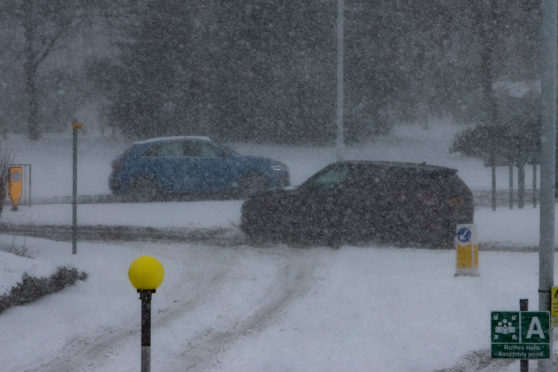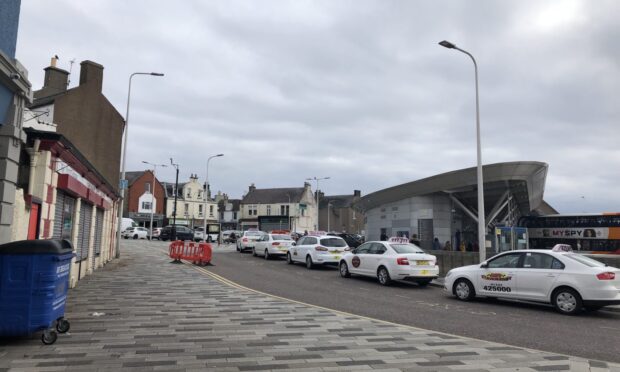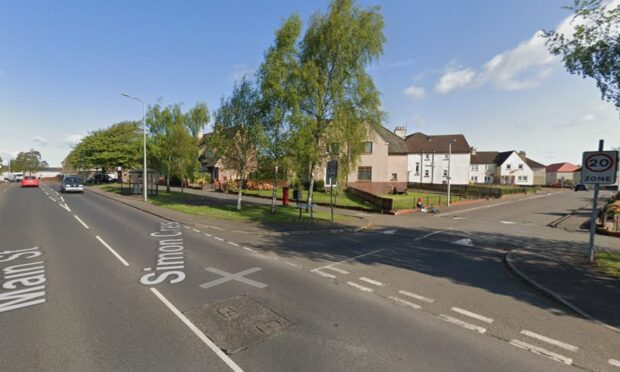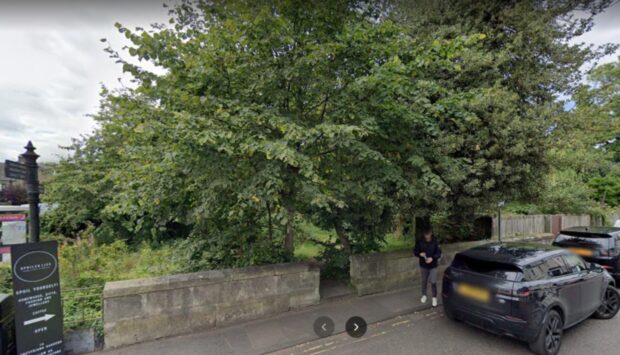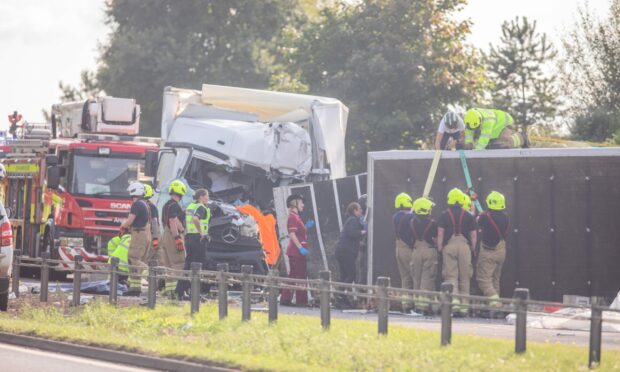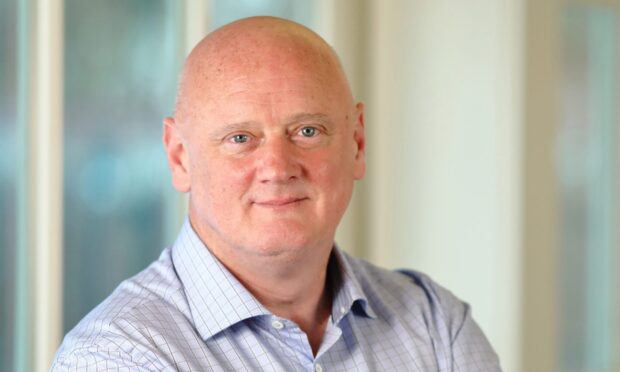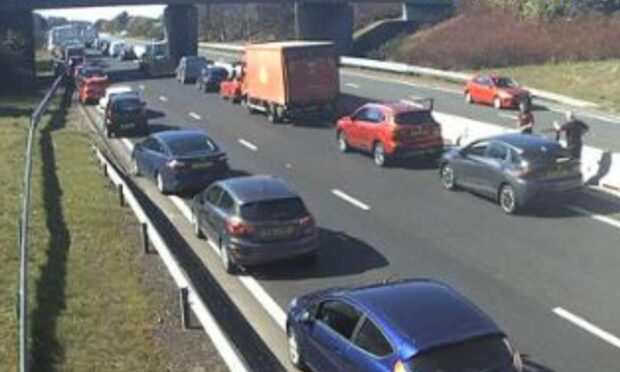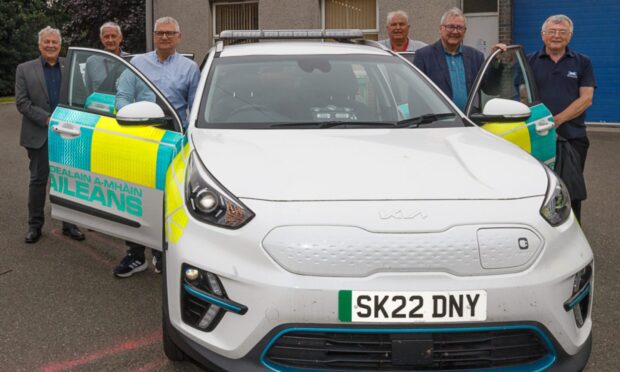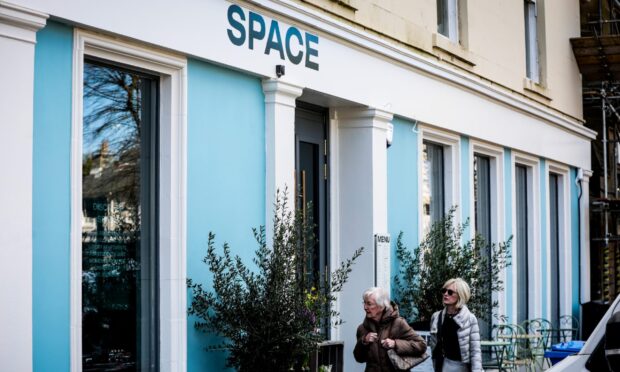Fife’s NHS chiefs are to study their response to the worst winter in 25 years to ensure they have a robust plan in place for this year.
A transport plan to ensure staff, patients and supplies can get to hospitals during extreme weather has been proposed after volunteers with 4x4s were drafted in ad hoc as the beast from the east struck in early March.
Emergency plans for staff attendance and more staff accommodation are also proposed to ensure workers do not end up sleeping in their offices if the worst happens.
Staff have been praised for the way they handled this year’s “weather bomb” which, combined with a flu epidemic and a high number of broken bones, led to unprecedented demand on the region’s health service.
They worked according to NHS’s Fife’s winter plan which allowed them to cope with a surge in hospital admissions.
NHS Fife chair Tricia Marwick said it was important to build on the lessons learned to ensure they were ready, not just for a normal winter, but for a similar situation to that of 2017-18.
“We have come a long way from the winter of 2016-17 and if we had not learned significantly from that the beast from the east would have devoured us,” she said.
“This winter was like no other and staff across the sector say they can’t remember when it was ever that bad.
“One of the great failures we will have is if we don’t capture that learning and keep it updated.”
Councillor David Graham, a member of the NHS Fife board, applauded the partnership working which allowed services to continue during the snow but added: “A lot of that was done by mistake with us phoning people up and asking for help.
“Is there any way we can build partnerships with these groups?”
Chief executive Paul Hawkins agreed that while the pressures were generally handled very well, some things could have been done differently.
“It’s not just about transport. There’s lots of things that could have been looked at,” he said.
Interim chief operating officer Jann Gardner added: “We now know different areas we can go to and how to set up a transport hub quickly.”
